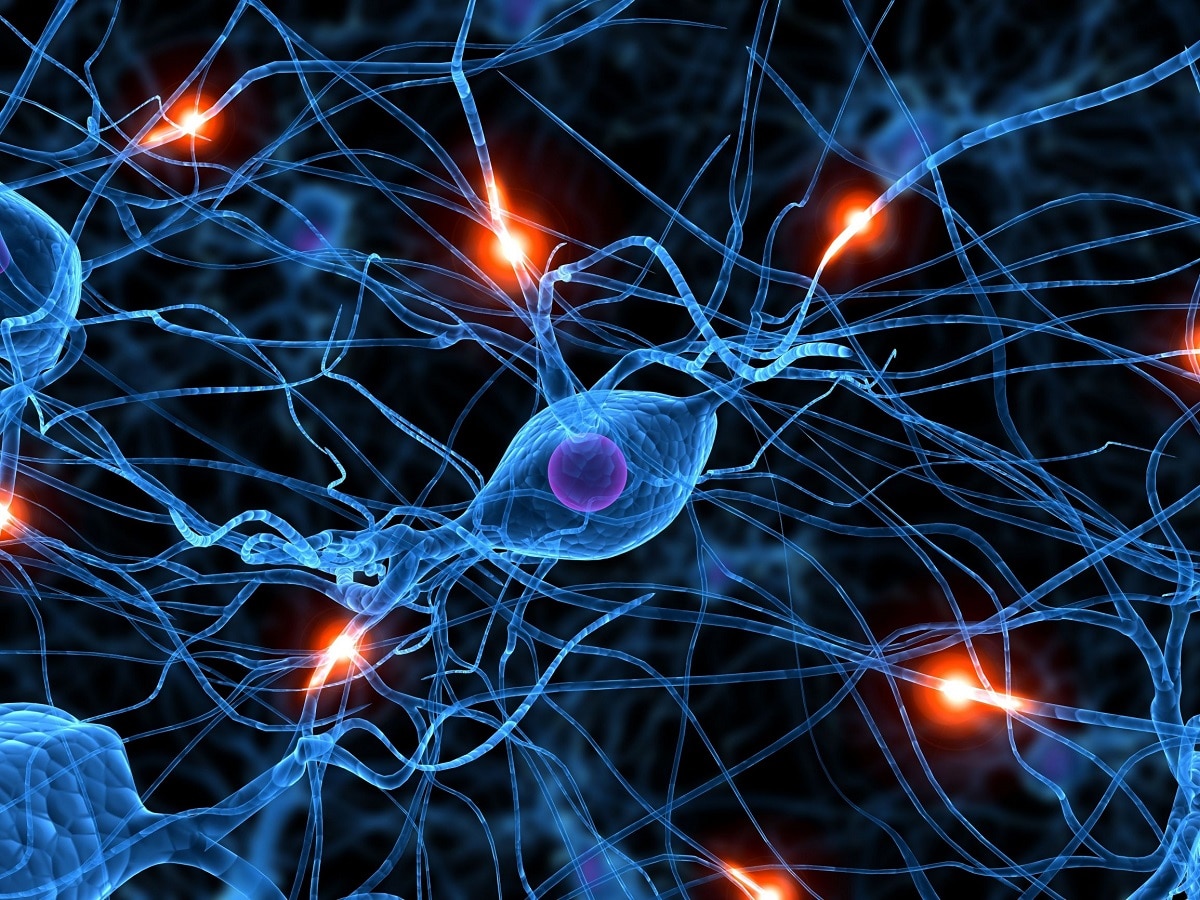
Knowing how the adolescent brain works will help us understand it better. Thanks to science, and neuroscience, we can better study its changes and the connections that occur in the adolescent brain. All this information will help us to better understand your mood swings, the need for risk or to feel integrated and accepted in the group.
In adolescence, the brain changes significantly, it no longer functions like that of children, nor like adults. We must see the adolescence as a period of high neural plasticity.
How the adolescent brain works

The part of the brain that takes the longest to mature is the Prefrontal Cortex, the part of decision-making, self-control and self-evaluation. This is one of the reasons why adolescents do not have certain emotional skills built into them.
Other brain regions also change a lot during adolescence. Its about Temporal Cortex, involved in language, memory and understanding of social situations, and the Parietal Cortex, related to movement planning, spatial navigation and multisensory processing.
Another very big change in the brain in adolescence occurs in the prefrontal lobes, which affects executive functions, allow us to plan and coordinate decisions and actions, be mentally flexible and have self-control.
Advantages of the adolescent when learning

Different studies affirm that the adolescent brain has the advantage of learn better through reward. At this stage the human brain has a more intense response to reward than later, as an adult. This way of working the brain facilitates impulsivity, exposure to risks and a greater propensity to develop addictions.
According to a study by neuroscientist Shohamy, one of the differences between the adolescent brain and the adult brain is that the former put reward-seeking actions into overdrive. Shohamy invited 41 teenagers between 13 and 17 years old, and 31 adults between 20 and 30, to play a video game that consisted of deciding which flower the butterflies would choose. Through images of the brains of the adolescents who participated in the experiment, the hippocampus, an important memory area, became more active. This region worked in conjunction with a reward area called the striatum, and it was not altered in adults.
This leads to the conclusion that, in adolescence, both regions work together, and then it doesn't happen. This explains why learning that has not been significant or stimulating are eliminated from memory. Society and the context in which the young person operates can help them modify their IQ level, since they are super active in neuronal synapses.
Adolescence, the vulnerable brain

Neuroscience helps us understand the mechanisms that regulate the control of nervous reactions and behavior in the brain. This science warns us about vulnerability of adolescents if they have little sleep. In general, teens should get 8 to 9 hours of sleep a day. If a teenager falls asleep around 23:00 p.m. and we wake him up at 6 or 7 in the morning, it is equivalent to asking an adult to start his day at 3 in the morning.
Another of the vulnerabilities of the adolescent brain is that they face increased sensitivity to your emotions. The development of neural connections occurs in the limbic brain area, which is where emotions are housed. This is why they magnify everything. Stress attacks them with greater intensity than an adult, therefore their reactions are more powerful.
La main characteristic of the brain in adolescence are organization and maturation. Javier Quintero, doctor of psychiatry and author of the book The Adolescent Brain, affirms that it is essential to understand and be empathetic with the great biological transformation of adolescents, to address these changes as a possibility of improvement in the relationships between parents and children.